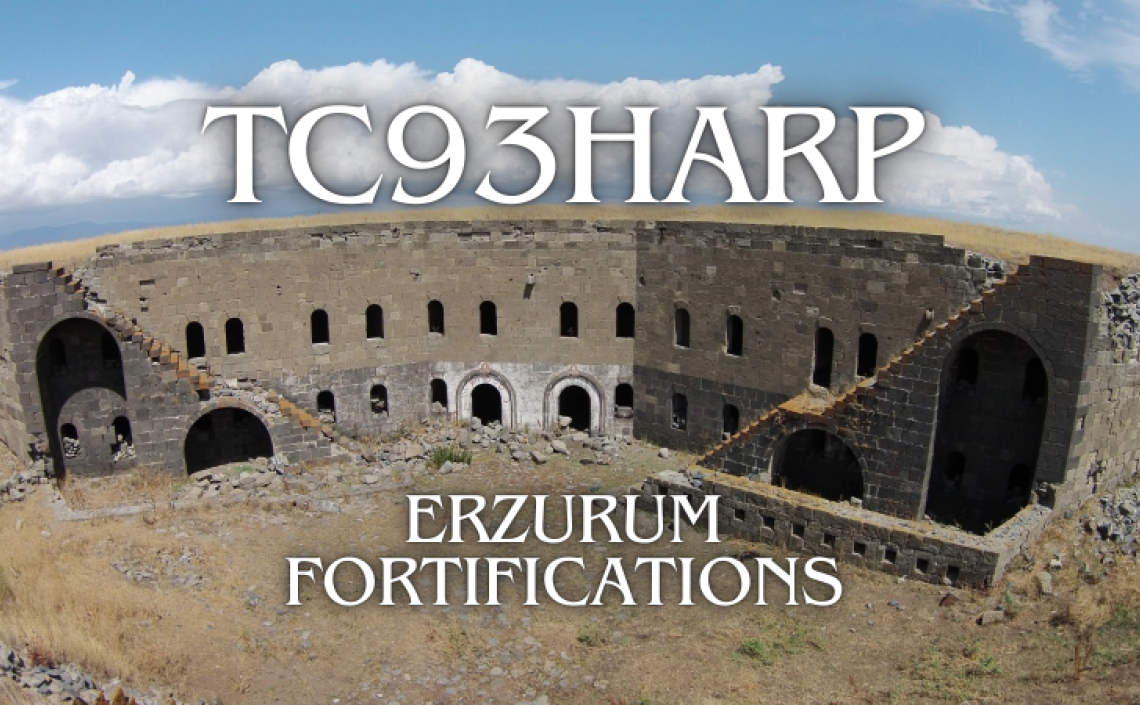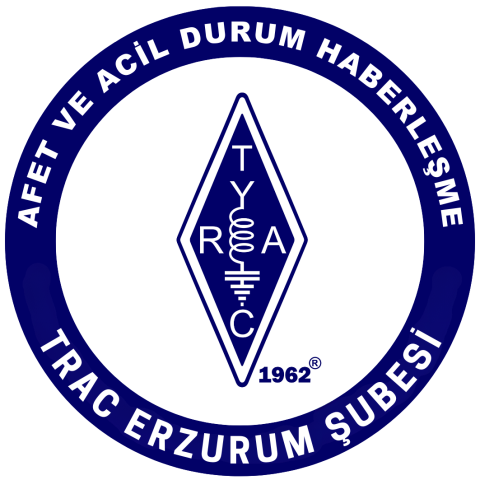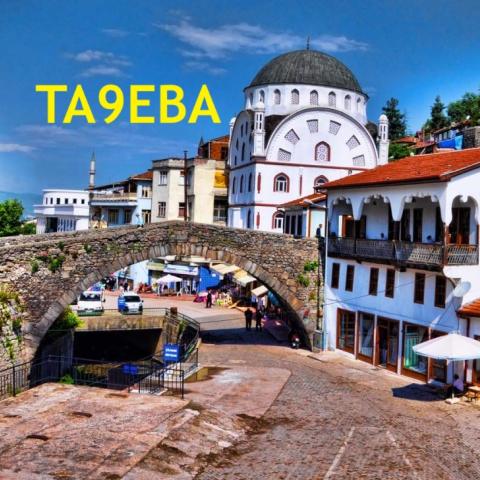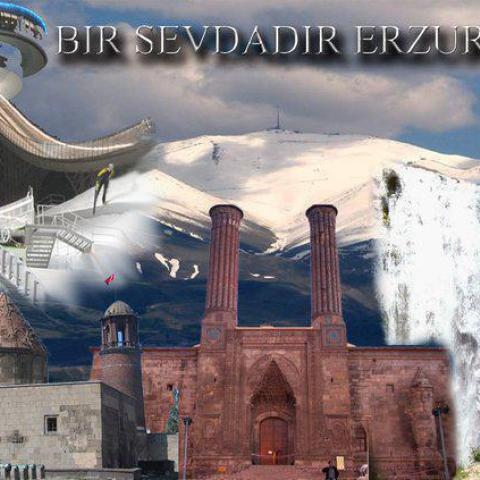Erzurum Fortifications - 93 War(Harp)
Erzurum Fortifications - 93 War(Harp)
| Start Date | 20-09-2024 |
| End Date | 17-01-2025 |
| Grid Square | LM09PV |
Fortifications in Erzurum
The term Tabya, derived from the Arabic word Ta'biye, refers to military structures built to defend strategically important locations. These fortifications were constructed on commanding heights or mountain slopes to protect critical roads, cities, or regions. Their primary objective was to form an advanced defensive line to prevent enemy advances, serving as forward outposts for cities.
Designed with security and durability in mind rather than aesthetics, Tabyas typically featured main buildings and access routes shielded by earthworks. They were classified by shape into types such as star-shaped, crescent, and earth fortifications. Their historical usage dates back to the 11th century, and during the 19th century, particularly in conflicts with Russia, numerous fortifications were built in eastern and western Turkey, including Erzurum, Kars, and Edirne.
Erzurum, located on a plateau surrounded by the Dumlu, Kargapazarı, and Palandöken mountains, is a key defensive position with 21 Tabyas constructed to guard against Russian and Iranian threats. Seven of these were built before the 1877–1878 Russo-Turkish War, and others were added later.
Notable fortifications include:
Aziziye Fortifications: Positioned to defend the Hamamderesi valley, these forts saw heavy combat during the 93 War. The heroic efforts of locals like Nene Hatun and the soldiers at the 1st Aziziye Fort repelled Russian advances.
Mecidiye Fort: Located on Topdağı at 2042 meters, it was designed to protect against attacks from the east and north. Its structure is characterized by its crescent-shaped layout and sturdy construction.
Palandöken Forts: Built between 1884 and 1896, these forts were strategically placed to monitor the Palandöken Pass and the surrounding valleys.
Kiremitlik Fortifications: Built between 1867 and 1872 during Sultan Abdülaziz’s reign, these forts were placed on Kiremitlik hill to defend the southern Palandöken Pass.
Other key fortifications, such as the Ahali, Gez, and Dolangez Tabyas, were built in the same era, serving as crucial defensive outposts.
Despite their importance, these fortifications lost their strategic value after the First and Second World Wars.

















